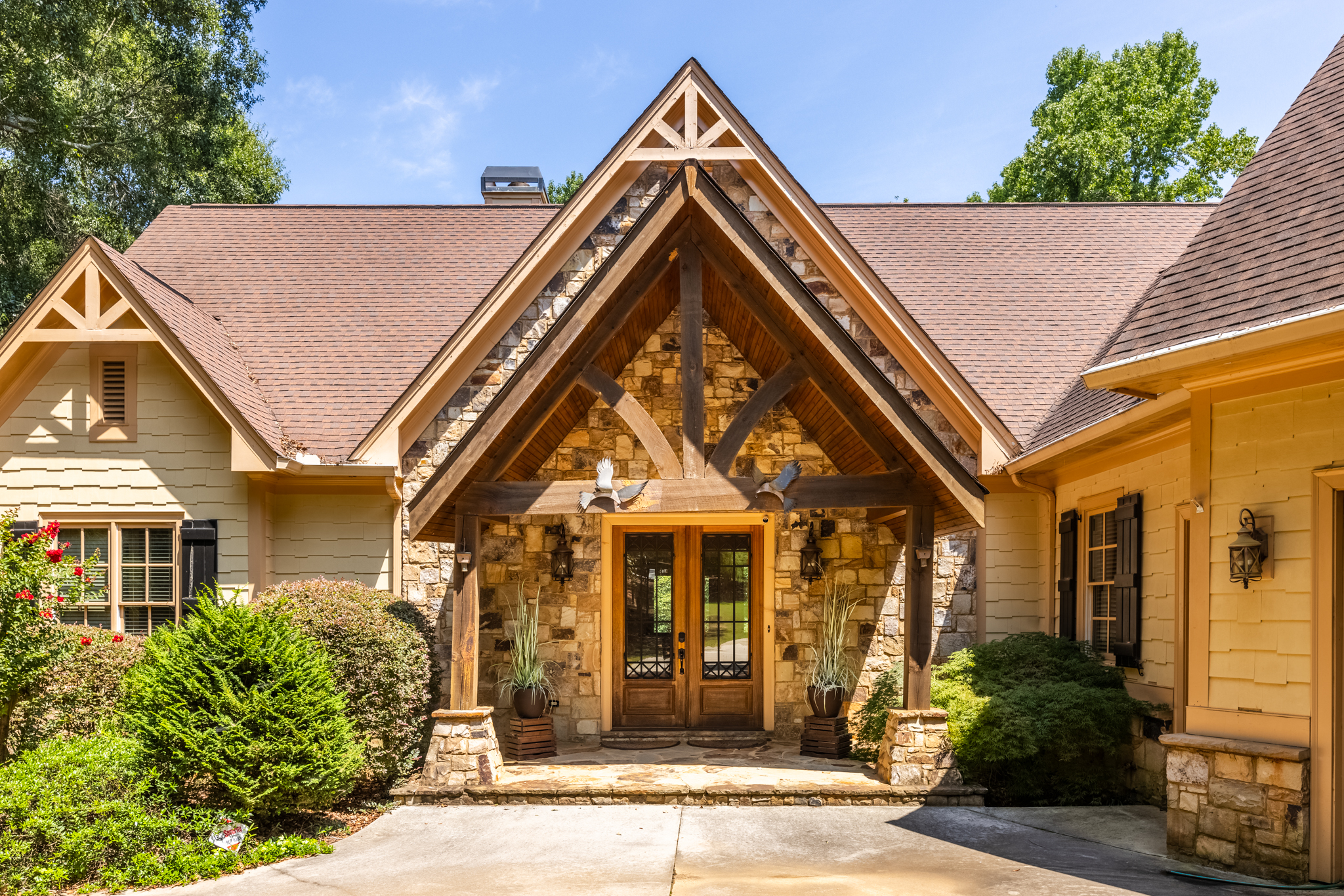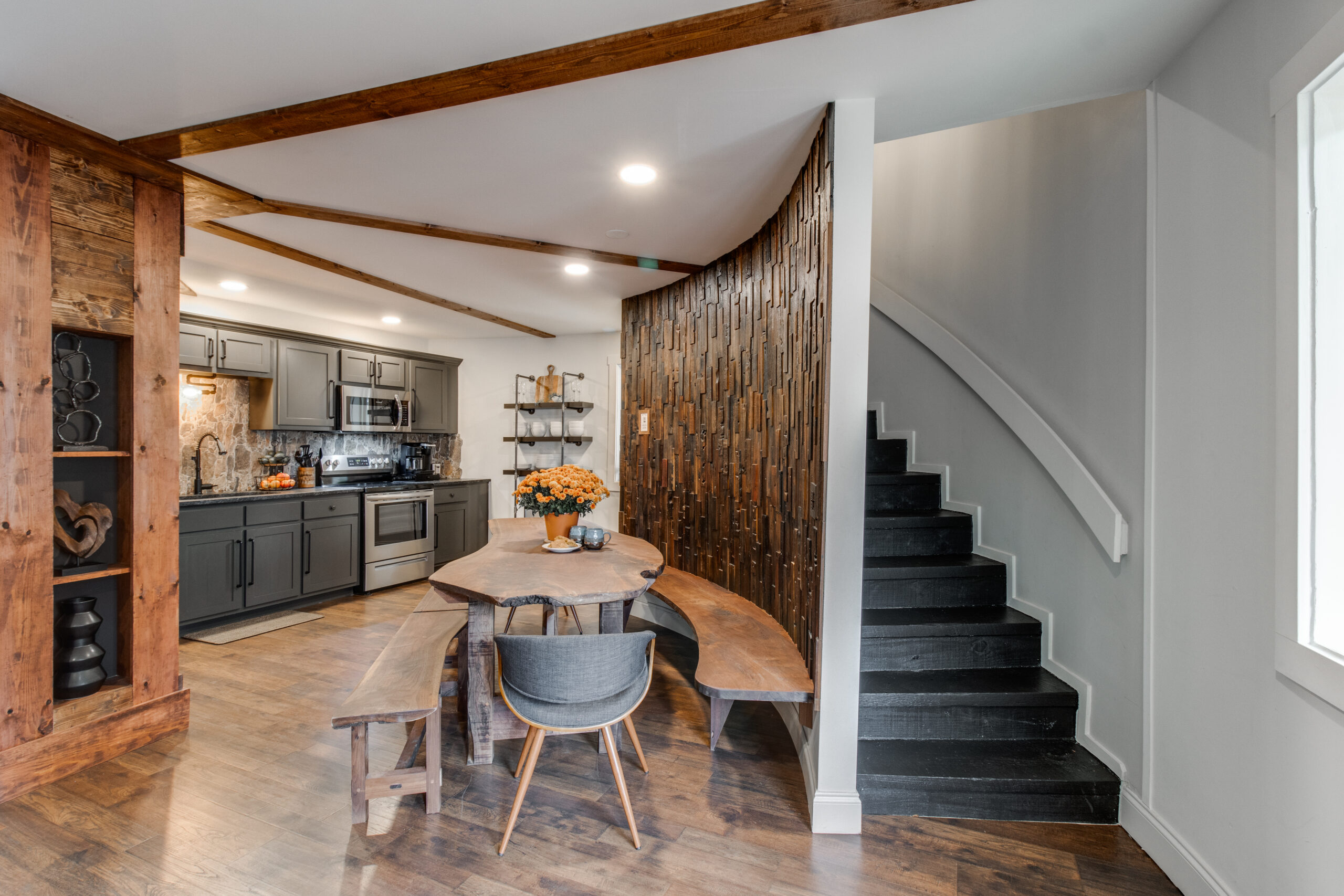



Vacation Rental Design
When updating vacation rental properties for short-term rentals, property owners should focus on balancing aesthetics, functionality, and durability, all of which contribute to maximizing rental value. Flooring, furniture, and appliances are three critical areas where strategic updates can make a property more appealing. Flooring, for instance, should be both stylish and durable, with popular options like luxury vinyl plank (LVP) or tile being preferred due to their resistance to wear and tear, especially in high-traffic areas. Hardwood may be ideal for high-end rentals in certain markets but should be carefully considered for areas with high humidity, such as beach locations, where moisture-resistant options are more suitable. Ideally, flooring should be updated every 7-10 years or sooner if damage or outdated styles affect the space’s appeal.
Furniture should reflect the rental’s location and attract potential guests with both comfort and local flair. Coastal rentals, for example, might benefit from light and airy furniture styles, incorporating materials like rattan or linen that create a beachy vibe, while mountain rentals might feature cozy, rustic pieces with plush fabrics. High-quality, versatile furniture helps properties stand out but should be updated every 3-5 years, especially if wear and tear is noticeable. Regular assessments of furniture condition allow for timely replacements, creating a polished look that enhances guests’ comfort and enjoyment. Well-maintained furniture directly impacts guest reviews and can lead to increased booking rates.
Appliances are another essential consideration and should align with the rental’s price point and target audience. Basic, budget-friendly rentals might only require essential appliances in good working order, while high-end properties should feature stainless steel, energy-efficient models. It’s best to update appliances every 5-10 years, though immediate replacement may be necessary if energy costs or maintenance requirements become excessive. In beach or lakefront locations, appliances should also be checked regularly for any signs of corrosion or humidity-related issues. Keeping appliances modern and clean ensures smooth functionality for guests and reduces the risk of negative reviews due to appliance failures.
Location significantly influences the pricing of updates, as well as the overall interior design approach. In highly competitive markets like urban areas or popular tourist destinations, investing in high-quality furnishings and unique decor can help a property stand out and command higher nightly rates. Meanwhile, vacation rentals in rural or suburban areas may achieve better ROI with a simpler, more home-like approach that aligns with the local style. Design should consider guest expectations based on location and emphasize key details, such as incorporating regional artwork, using local building materials, or reflecting cultural elements that add character to the space.
IN CONCLUSION
When redecorating, working closely with clients to understand their budget, goals, and desired income level is crucial for success. By aligning the interior design strategy with the client’s vision, decorators can optimize the property’s appeal to specific demographics and achieve maximum profitability. Clients should be informed of how upgrades, like transitioning to more luxurious materials, can directly translate into higher rental fees. A flexible, consultative approach ensures the final product is not only attractive but also meets the expectations of prospective renters. This personalized approach to decoration increases the property’s marketability and can lead to higher occupancy rates and an improved return on investment.






